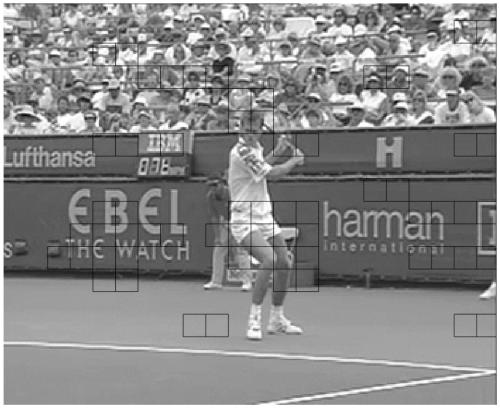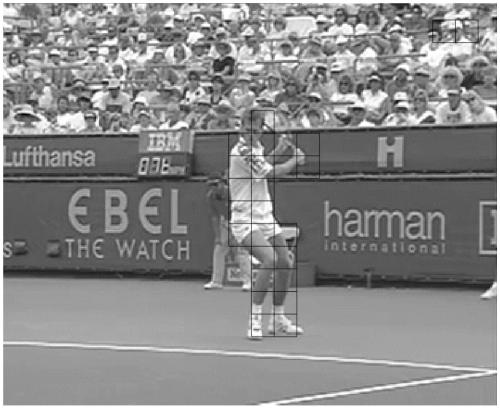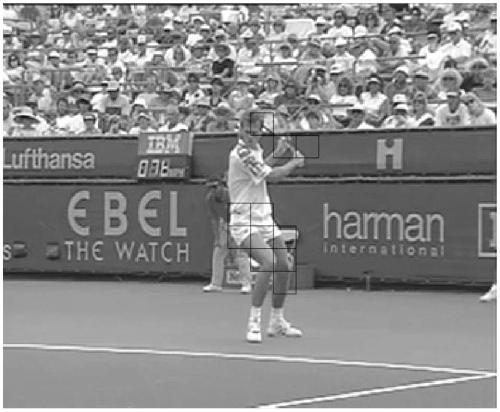Compressed domain video watermark embedding and extracting method based on visual sensitive block
A visually sensitive, video watermarking technology, applied in the direction of digital video signal modification, image communication, selective content distribution, etc., can solve the problems of watermark damage, inability to resist quantization attacks, etc., to improve security, good anti-quantization performance, improve The effect of processing efficiency
- Summary
- Abstract
- Description
- Claims
- Application Information
AI Technical Summary
Problems solved by technology
Method used
Image
Examples
Embodiment Construction
[0059] In order to make the object, technical solution and advantages of the present invention clearer, the present invention will be further described in detail below in conjunction with the accompanying drawings and embodiments. It should be understood that the specific embodiments described here are only used to explain the present invention, not to limit the present invention. In addition, the technical features involved in the various embodiments of the present invention described below can be combined with each other as long as they do not constitute a conflict with each other.
[0060] Such as Figure 6 As shown, the present invention provides a method for embedding video watermarks in compressed domain based on visually sensitive blocks, comprising the following steps:
[0061] (1) Perform scrambling and encryption on the binary watermark sequence to obtain the encrypted binary watermark sequence (such as Figure 4 shown);
[0062] Specifically, the scrambling encry...
PUM
 Login to View More
Login to View More Abstract
Description
Claims
Application Information
 Login to View More
Login to View More - Generate Ideas
- Intellectual Property
- Life Sciences
- Materials
- Tech Scout
- Unparalleled Data Quality
- Higher Quality Content
- 60% Fewer Hallucinations
Browse by: Latest US Patents, China's latest patents, Technical Efficacy Thesaurus, Application Domain, Technology Topic, Popular Technical Reports.
© 2025 PatSnap. All rights reserved.Legal|Privacy policy|Modern Slavery Act Transparency Statement|Sitemap|About US| Contact US: help@patsnap.com



